Dangerous "Dragonfly"
In the context of the Suez crisis developing in 1950-ies, Israel was looking for ways to increase its defense capability by purchasing modern weapons. The United States provided economic assistance to Israel, but refrained from supplying arms. During these years, France became the main supplier of modern weapons.
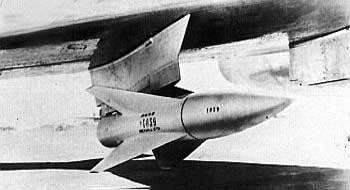
In the field of guided missiles for air combat, the Israeli Air Force in 1959, for arming Super Mystere fighters, Dassault Aviation purchased 40 French Nord-5103 missiles with manual command guidance (firing range - 4 km), manufactured since 1956. These missiles, which received the name "Tahmas" in Israel, were recognized in Israel as unpromising due to complex control. The more advanced French Matra R.530 rocket was just beginning to be developed at the end of the 1950s, but it was not possible to get the new American AIM-9В Sidewinder rocket with a passive thermal homing head (GOS).
In 1959, the Israeli Air Force issued requirements for the development of its own air-to-air missile with a thermal seeker. The contract for the development of the Shafrir (“Dragonfly”) SD was signed with the Rafael Armament Development Authority in March 1959. At the same time, it was required not only to create a rocket, but to organize all the necessary infrastructure for design, production and testing. Hillel Bar-Lev became the head of this project.
The first version of the missile was an attempt to create a new, completely own design of a short-range missile for close combat. However, prototype tests ended in failure. Two years after the start of work, it became completely clear to the developers that the rocket turned out to be unsuccessful - too small dimensions of the rocket (length 2 m, diameter 110 mm, weight 30 kg) did not allow correcting the situation and making significant design improvements.
As measures that could remedy the situation, the designers proposed increasing the body diameter to 140 mm, the rocket length to 2,5 m, the mass of the warhead from 11 to 30 kg, and equipping the rocket with rollerons (like the AIM-9B Sidewinder). At the same time, the launch mass of the rocket more than doubled - from 30 to 65 kg, the range of the rocket at low flight altitude increased from 1,5 to 3 km, and at flight altitudes of about 10000 m - from 3 to 9 km.
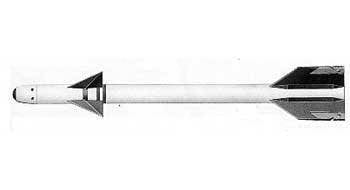
Despite the fact that the characteristics of the rocket did not meet the requirements put forward to it, the Israeli Air Force, in dire need of a rocket, decided on December 27, 1962 to purchase 200 missiles to arm the Mirage IIIC fighters. The rocket improvements proposed by Rafael were not implemented due to concerns that the improvement work would delay the deployment of missiles to the Air Force.
In March 1963, the first tests of the Shafrir UR with firing at maneuvering targets were carried out in France. The result was disappointing, Shafrir showed a complete inability to hit such targets. Nevertheless, it was decided that the missiles would be adopted to arm the Mirage IIIC fighters in 1963. It was assumed that in parallel with this, the rocket modernization program would be completed and improvements would be made to the rocket design (these changes affected mainly the installation of a remote fuse). November 4, 1963 UR Shafrir was officially adopted by the Israeli Air Force. On December 6, 1965, the volume of missiles ordered for production was limited to 120 missiles and 50 launch pylons.
Israeli pilots preferred cannons to rockets due to the unreliability of the first generation of air-to-air SD, and because of their inefficiency, the Shafrir missile was even called the “dumped tank”. The Shafrir UR was criticized for the short range of combat use, low characteristics, the need to perform a launch strictly in the direction of the nozzle of the engine of an enemy aircraft.
Achieved UR Shafrir probability of hitting the target was estimated at 21% without the use of a remote fuse and 47% with a remote fuse. The real combat use of the Shafrir UR from the Mirage IIIC fighter also confirmed its poor effectiveness - out of dozens of launches in the period before, during and after the Six-Day War, only three aircraft are known to be shot down: July 5, 1967 - MiG-21 of the Egyptian Air Force, February 2 and May 29, 1969 - the MiG-21 of the Syrian Air Force.
In December 1970, the Shafrir-1 SD was officially decommissioned by the Israeli Air Force.
Taking into account that, according to its characteristics, the Shafrir-1 SD did not suit the Israeli Air Force, in parallel with its delivery to the troops in 1963, the development of a new missile modification, Shafrir-2, was started. The full scope of work on the new rocket project began on March 25 1964 of the year.
Initially, the development was led by Hillel Bar-Lev, and in May 1964 he was replaced by Dr. Zeev Bonen. To reduce the technological risk of developing the Shafrir-2 SD, it was developed as an enlarged version of the Shafrir-1. Some sources report that only a remote electromagnetic fuse was fundamentally new in the rocket, while others argue that when designing the rocket, both the homing head and the remote optoelectronic fuse were borrowed from the Shafrir-1 SD.
During the Six Day War, Israeli troops at the Egyptian Bir Gafgafa airfield on the Sinai Peninsula captured about 80 Soviet K-13 short-range air combat missiles (about 40 serviceable and the same number dismantled) and 9 launchers, which were, in fact, the result of a reverse- engineering of the American UR AIM-9В Sidewinder. In December 1967, after testing for compatibility with the equipment of the Mirage IIIC fighters, Soviet missiles were adopted by the 119 squadron of the Israeli Air Force.
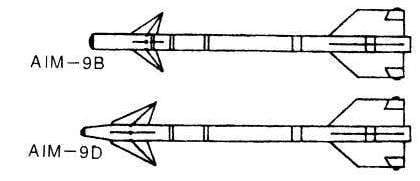
At the same time, starting from the end of 1962, after President Kennedy's statement about "special relations" with Israel and the supply of military equipment to it, the United States began to oust the French from the Israeli arms market. And after the Six Day War, when France imposed an embargo on the supply of its weapons to Israel, the United States finally sold (in 1968) Sidewinder missiles to Israel - at the beginning of AIM-9B ("Barkan"), and then AIM-9D ("Decker" ). These events, despite the successful development of Shafrir-2, almost led to a halt in the project, because. although the Israeli missile surpassed the AIM-9B in its characteristics, it was inferior to the AIM-9D equipped with a cooled IR seeker and a remote electromagnetic fuse, was almost twice as expensive as it and an order of magnitude more expensive than the AIM-9B.
Nevertheless, the Rafael management managed to find the necessary leverage to convince the Israeli government of the need to continue work on the Shafrir-2 - on March 9, 1969, the first order for mass production of the Shafrir-2 was made. Further, events developed rapidly - on April 14, the Air Force began accepting missiles, on July 1, the combat readiness of the missile was officially announced, and on July 2, 1969, the next day, the first MiG-2 of the Egyptian Air Force was shot down with the help of the Shafrir-21 UR.
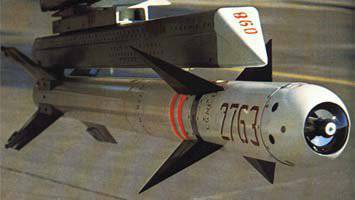
Externally, the Shafrir-2 resembled the AIM-9B, but the diameter of the Israeli missile body is larger. The thermal homing head of the missile is capable of capturing a target only when it is launched in its rear hemisphere. When the target is captured by the GOS of the rocket, a sound signal is heard in the pilot's headphones. The Shafrir-2 UR was more reliable than the Soviet K-13. In the Yom Kippur War, the Shafrir-2 UR “left in the shadows” the AIM-7 and AIM-9 missiles, its warhead was enough to destroy the MiG-21, while the AIM-9 alone sometimes inflicted only heavy damage on this aircraft. The firing range of the Shafrir-2 at low altitude reached 5 km, the altitude of use was up to 18000 m, the flight speed was Mach 2,5, and the launch weight was 93 kg. SD Shafrir-2 is capable of maneuvering with an overload of 6 g.
In 1973, during the Yom Kippur War, this missile proved to be the most effective in the Israeli Air Force: in 176 launches, it shot down 89 Egyptian and Syrian aircraft, or 32,1% of their total number. The production of the Shafrir-2 SD continued until June 1978, during which time 925 combat missiles and 65 of their training modifications were manufactured (including those exported). The Shafrir-2 UR was withdrawn from service in 1980. In just 11 years of being in service with the Israeli Air Force, 2 aircraft were shot down with the help of the Shafrir-106 missile defense system.
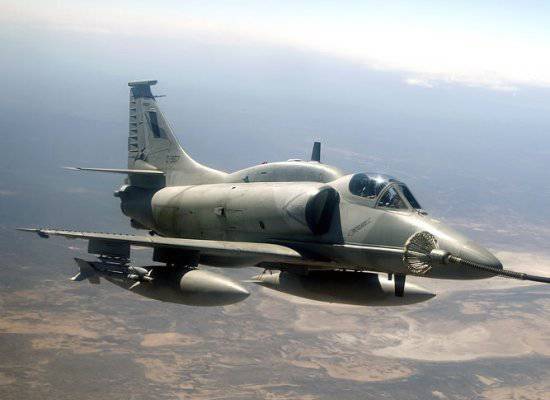
Shafrir-1 missile aircraft were French Mirage IIIC fighters, while Shafrir-2 fighters were Mirage IIIC, Nesher, Kfir and A-4 Skyhawk attack aircraft.
After using Shafrir-2 SD in 1982, in the Beka Valley (Lebanon), these missiles were purchased by Chile, Colombia, Ecuador, South Africa, Taiwan and Turkey.
Sources:
http://www.airwar.ru
http://ru.wikipedia.org/wiki/Rafael_Shafrir
http://orujii.ru/novosti-weapons/6766-izrailskie-ur-klassa-vozduh-vozduh
http://fakty-o.ru/rafael_shafrir
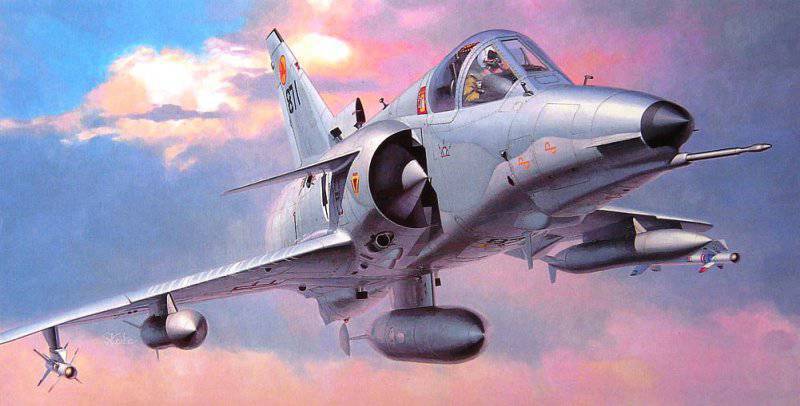
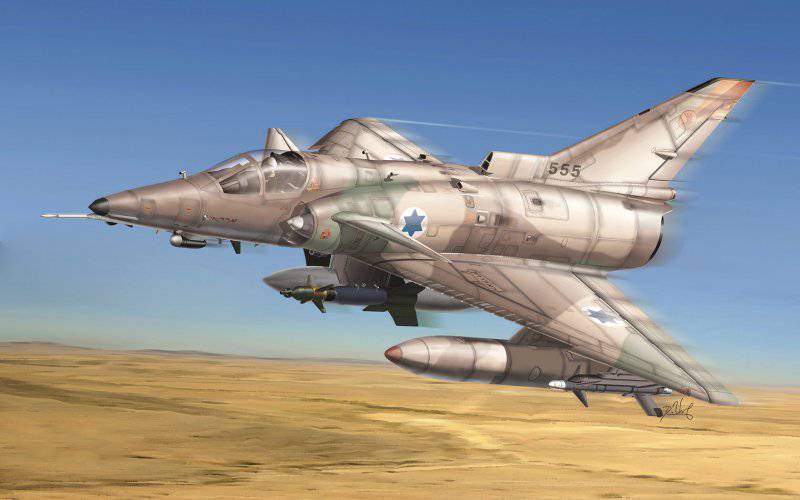
Information